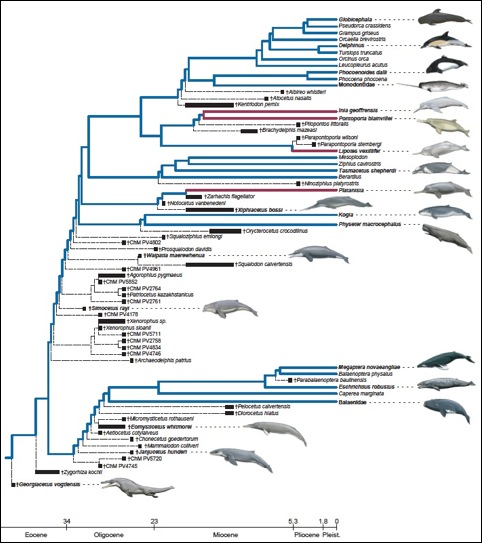Classification
Kingdom: Animalia
Organisms in this kingdom are multicellular, heterotrophic, and most
digest food internally. Their cells lack cells walls and these cells
come together to form tissues. Most of the time, these tissues will
be organized into organs. These organisms are able to move faster
than others and reproduce sexually via egg and sperm. Most of the
time, they are diploid.
Phylum: Chordata
Chordates are organisms that have a declared notochord at some point
of their life. It extends from most of the body and acts as support.
Chordates also have bilateral symmetry, segmented bodies, three germ
lyer, a single nerve chord, ventral heart, complete digestive
system, and a bode or cartilage endoskeleton.
Subphylum: Vertebrata
Vertebrates all have a veterbral column that runs from head to tail.
It also acts as a stiffer version of the notochord. They usually
have and epidermis and an inner dermis. Their heart has 2 to 4
chambers.
Class: Mammalia
Mammals have three middle ear bones, hair, and produce milk. The
bones are used to help vibrations travel to the ear. Their hair
helps insulate the organism, as well as helps with color patterns,
and heightens their sense of touch. Female mammals produce milk
through their mammary glands. This shows that female mammals spend a
lot of time with raising their offspring and caring for them. They
are very diverse in form and vary in ecological and historical
strategies. They can also be found everywhere in the world.
Order: Cetacea
This order is composed of dolphins, porpoises, and whales. There are
at least 83 species living today. They are found in the
oceans, as well as lakes and river in North America, South America,
and Asia. They are only aquatic.Cetaceans have a streamlined body
shape, paddle-shaped front limbs, no fingers or claws, a flattened
tail for swimming, no hair, shortened neck, and no sweat glands.
Family: Platanistidae
The family includes Indian river dolphins. These dolphins are small
and have a long, slender beak. Their eyes are also small, but unlike
other cetaceans, they have a distinct neck. Included in their
superfamily (Platanistoidea) are other river dolphins like the
Amazon river
dolphin and the
Irrwawady river dolphin.
Genus: Platanista
Ganges dolphins and
Indus dolphins
Species: Platanista gangetica
Ganges river dolphin
(Swinton & Gomez, 2009).

Figure 1. This is the phylogenous hypothesis of Ceaceans. It is
based on genomic, mophologic, and paleontologic data. River dolphin
lineages are red, while fossil lineages are dotted. The blue lines
show the lineages that connect extant taxa.
.jpg)